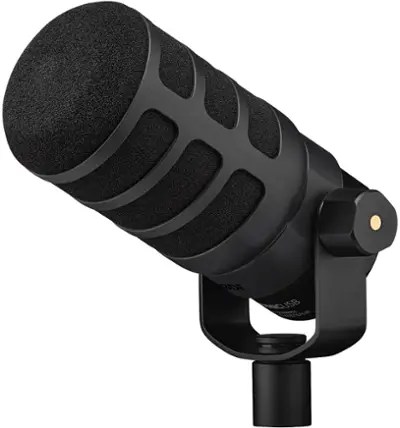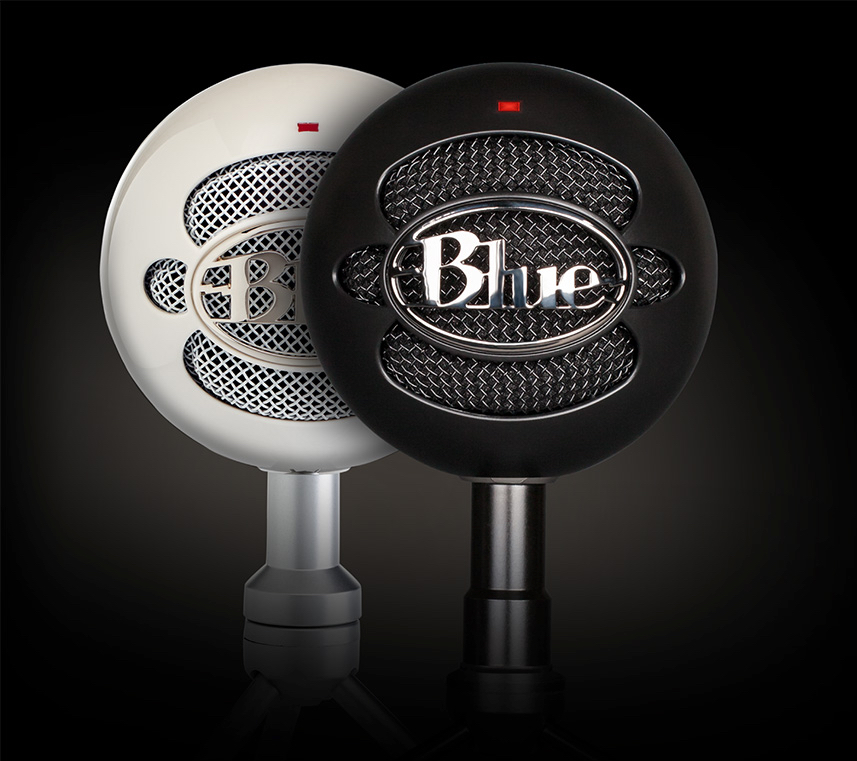7 Best USB Microphones 2025: Secrets Professional Studios Use
Transform your home studio with USB microphones that deliver professional-quality recordings. Our expert reviews reveal the secrets behind studio-grade sound.
🎯 Get My FREE Studio Setup Checklist
Join 10,000+ producers who use our proven 10-page checklist to build professional studios without wasting money on the wrong gear.
No spam, ever. Unsubscribe anytime.
📋 Quick Navigation
After 28 years of home recording, I’ve tested dozens of USB microphones. The market has exploded with options, but most reviews don’t tell you the real-world truth about these mics. In this comprehensive guide, I’ll reveal the secrets professional studios use when choosing USB microphones and show you exactly which models deliver studio-quality results for home recording, podcasting, and streaming.
🚀 Quick Picks – 7 Best USB Microphones Professional Studios Use

The AT2020USB+ is my top recommendation for serious home studio work. It’s essentially the legendary AT2020 XLR microphone with a built-in high-quality USB interface. The 20Hz-20kHz frequency response is flat and accurate, making it perfect for both vocals and acoustic instruments.
Why It’s the Best Overall Choice:
This microphone delivers true studio-quality sound in a USB package. The side-address condenser design excels at capturing vocal detail and warmth. I’ve recorded entire albums with this microphone, and clients consistently mistake it for much more expensive setups.
✅ Pros
- Professional studio sound quality
- Excellent build quality and durability
- Zero-latency headphone monitoring
- Works perfectly with all DAWs
- Great for both vocals and instruments
❌ Cons
- Requires a quiet recording environment
- No polar pattern switching
- More expensive than entry-level options
- Sensitive to plosives without pop filter
Perfect for: Singer-songwriters, voice actors, and content creators who prioritize sound quality over convenience features.
Check Current Price →
The Blue Yeti is the Swiss Army knife of USB microphones. While it may not have the pure vocal quality of the AT2020USB+, its versatility makes it incredibly valuable for content creators who need to record in different situations.
Why It’s the Most Versatile:
The four polar pattern options (cardioid, bidirectional, omnidirectional, and stereo) make this perfect for podcasters who interview guests, musicians recording acoustic instruments, and streamers who need flexible pickup patterns.
✅ Pros
- Four polar pattern options
- Built-in headphone monitoring
- Gain control and mute button
- Excellent for multiple recording scenarios
- Great value for the features
❌ Cons
- Can pick up background noise easily
- Large size takes up desk space
- Requires learning curve for optimal settings
- Not ideal for very quiet sources
Perfect for: Podcasters, streamers, musicians who record various instruments, and anyone who needs maximum flexibility.
Check Current Price →📚 Want My Complete Studio Gear Guide?
Get my detailed breakdown of every piece of gear you need for a professional home studio, including budget alternatives and pro recommendations.
No spam, ever. Unsubscribe anytime.

The MV7 is Shure’s modern take on the legendary SM7B, designed specifically for content creators. This dynamic microphone excels at rejecting background noise while delivering the warm, professional vocal sound that made Shure famous.
Why It’s Best for Vocals:
Dynamic microphones like the MV7 are incredibly forgiving of less-than-perfect room acoustics. The cardioid pattern focuses on your voice while rejecting room sound, making it perfect for home studios that aren’t fully treated.
✅ Pros
- Excellent background noise rejection
- Professional broadcast sound
- Works in untreated rooms
- Both USB and XLR outputs
- Touch panel controls
❌ Cons
- Requires close positioning (6-8 inches)
- More expensive than other USB mics
- Needs good gain staging
- Not ideal for acoustic instruments
Perfect for: Podcasters, vocalists, and content creators who record in noisy environments or untreated rooms.
Check Current Price →
The PodMic USB is specifically designed for podcasting and broadcast applications. Rode took everything they learned from the original PodMic XLR and created the perfect USB podcasting microphone with built-in processing and zero-latency monitoring.
Why It’s Best for Podcasting:
This microphone includes intelligent DSP processing that automatically optimizes your voice for speech clarity. The built-in pop shield and broadcast-style dynamic capsule deliver that professional radio sound that podcasters love.
✅ Pros
- Built-in intelligent processing
- Internal pop shield
- Professional broadcast sound
- Zero-latency headphone monitoring
- Designed specifically for podcasting
❌ Cons
- Limited to speech applications
- Requires boom arm for best results
- Processing can’t be completely disabled
- Overkill for casual recording
Perfect for: Serious podcasters, radio hosts, and content creators who prioritize speech clarity and professional broadcast sound.
Check Current Price →
The G-Track Pro is unique in the USB microphone world – it combines a high-quality condenser microphone with a dedicated instrument input. This makes it perfect for singer-songwriters and musicians who need to record both vocals and instruments simultaneously.
Why It’s Best for Instruments:
The dedicated 1/4″ instrument input with its own gain control means you can record guitar or bass while simultaneously capturing vocals through the condenser capsule. The dual-capsule design also enables true stereo recording for acoustic instruments.
✅ Pros
- Dedicated instrument input
- Dual-capsule stereo recording
- Three polar pattern options
- Perfect for singer-songwriters
- Professional build quality
❌ Cons
- Complex routing can be confusing
- Larger footprint than other mics
- Requires understanding of stereo recording
- Instrument input quality varies by source
Perfect for: Singer-songwriters, musicians who record both vocals and instruments, and anyone needing true stereo recording capabilities.
Check Current Price →
The Snowball iCE proves you don’t need to spend a fortune to get respectable USB microphone quality. While it lacks the features and refinement of more expensive models, it delivers surprisingly good results for basic recording tasks and is perfect for those just starting their recording journey.
Why It’s the Best Budget Choice:
For under $50, you get a condenser microphone that handles vocals, video calls, and basic recording tasks admirably. The plug-and-play simplicity makes it ideal for beginners who don’t want to deal with complex settings or routing.
✅ Pros
- Extremely affordable entry point
- Plug-and-play simplicity
- Compact and portable
- Good enough for basic recording tasks
- Perfect for beginners
❌ Cons
- Limited frequency response
- No headphone monitoring
- Picks up background noise easily
- Plastic construction feels cheap
- No gain control or mute button
Perfect for: Students, beginners, video calls, casual content creation, and anyone testing the waters of home recording.
Check Current Price →📊 Quick Comparison: 7 Best USB Microphones 2025
| Microphone | Price | Type | Best For | Key Feature |
|---|---|---|---|---|
| Audio-Technica AT2020USB+ | $149 | Condenser | Professional Recording | Studio-quality sound |
| Blue Yeti | $99 | Condenser | Content Creation | 4 polar patterns |
| Shure MV7 | $279 | Dynamic | Vocal Recording | Broadcast quality |
| Rode PodMic USB | $199 | Dynamic | Podcasting | Built-in processing |
| Samson G-Track Pro | $199 | Condenser | Instruments | Dual-capsule + DI |
| Blue Snowball iCE | $49 | Condenser | Basic Recording | Ultra-affordable |
❓ Frequently Asked Questions
USB microphones have built-in audio interfaces and connect directly to your computer, offering plug-and-play convenience. XLR microphones require an external audio interface but offer more professional features and upgrade flexibility. The main difference is convenience versus expandability. USB mics are plug-and-play, while XLR setups offer more professional features and upgrade paths.
No, USB microphones have built-in audio interfaces. They connect directly to your computer’s USB port and appear as audio devices. This is their main advantage – simplicity and convenience.
Condenser microphones are very sensitive and pick up ambient sounds. Try using a dynamic microphone like the Shure MV7, improve room acoustics with soft furnishings, or position the microphone closer to your mouth.
Absolutely. Many professional recordings use USB microphones, especially for vocals and acoustic instruments. The AT2020USB+ and Samson G-Track Pro deliver broadcast-quality results suitable for commercial releases.
For most applications, 48kHz/24-bit provides excellent quality with manageable file sizes. Some microphones only offer 16-bit, which is still perfectly adequate for most content creation and streaming applications.
It depends on the microphone. Some like the Rode PodMic USB have built-in pop protection, while others like the AT2020USB+ benefit significantly from an external pop filter, especially for vocal recording.
🚀 Ready to Build Your Perfect Studio?
Get my complete studio setup checklist with equipment recommendations for every budget ($200-$1000+). Join 10,000+ producers building professional studios.
No spam, ever. Unsubscribe anytime.

Wait! Before You Go…
Get Your FREE Studio Setup Checklist
Join 10,000+ producers who use our proven 10-page checklist to build professional studios without wasting money. Includes equipment recommendations for every budget ($200-$1000+).
No spam, ever. Unsubscribe anytime.
